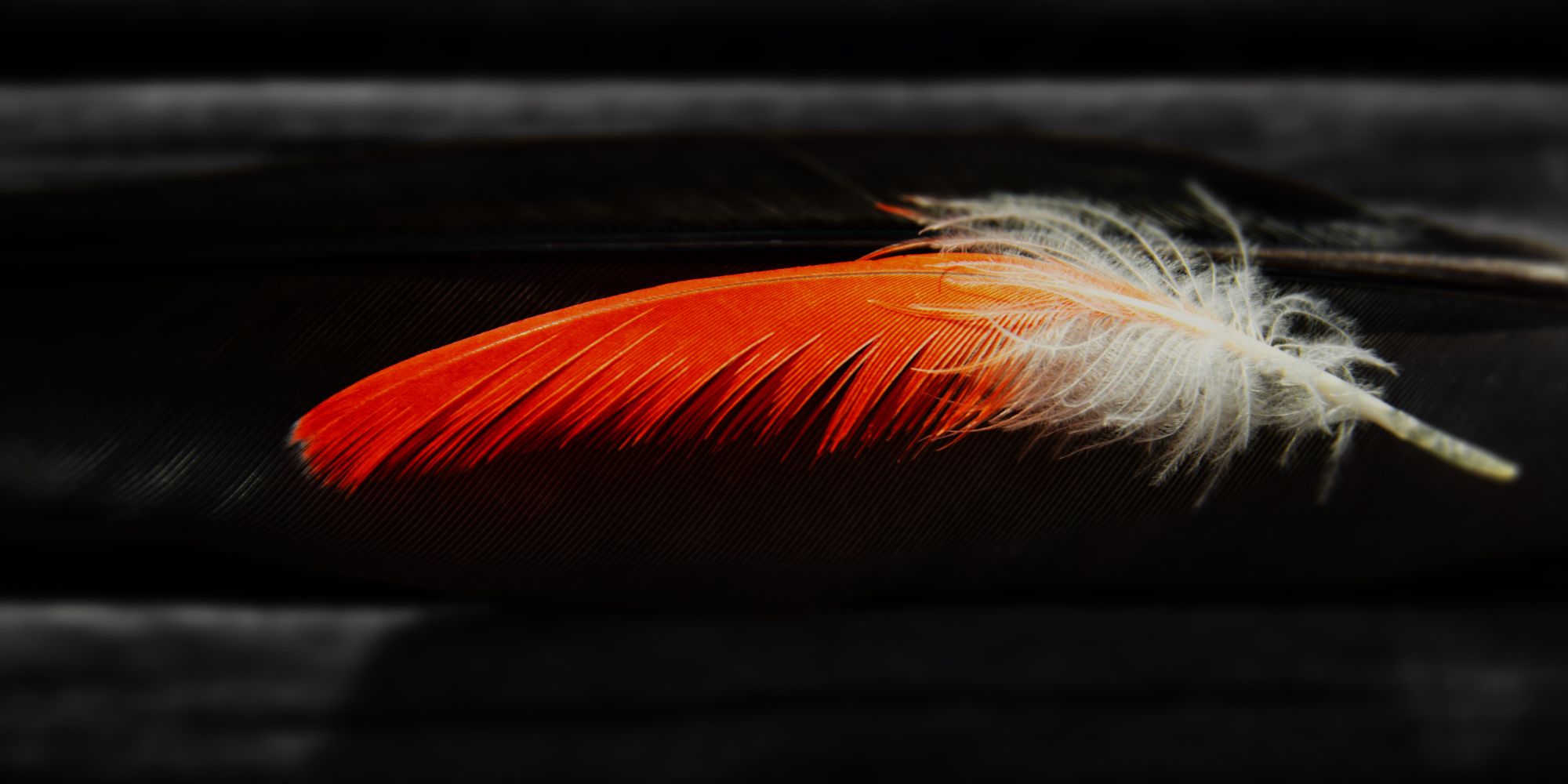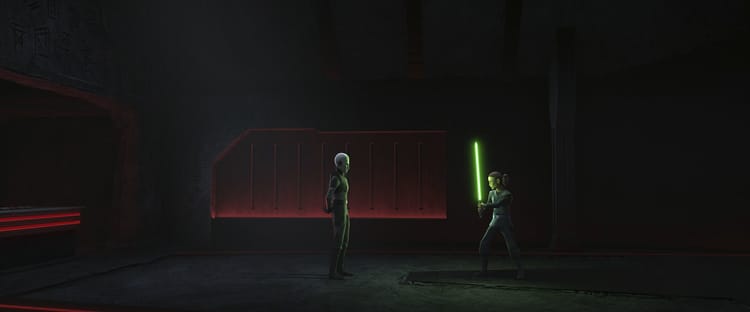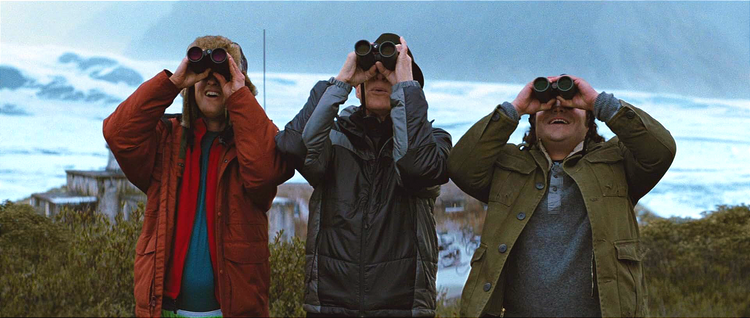
Running Commentary 3/10/2025
Hello,
The birds are back! Yes, obviously, there've been birds all winter, but the summer birds are coming back. In the past week, I've seen a grackle and a meadowlark, and I've heard a killdeer. Many people have told me they've seen sandhill cranes around. Some of the winter birds remain: I've seen a tree sparrow just today, even in near 60°F spring warmth, and there are still juncos everywhere, but I expect to see less of them as I see more of the summer birds. Spring's coming early this year, at least as far as the birds are concerned.
Oh, and update from last week: I found a bufflehead! Here it is flying past a 4-woman college rowing team:

I caught that photo as if flew past, using my phone. It was a bright sunny day, and I couldn't make anything out on my phone screen, so I just sort of tapped away at the shutter button and hoped for the best. I actually didn't even see the rowers in the moment; I was too busy watching the duck fly by. Altogether, this accidentally came out as one of my better bird photos, I think.
Anyway...
Watching...

Daredevil
There's a new Daredevil series releasing on Disney+ at present. I haven't seen it, since I'm in the middle of rewatching the original series in preparation. I've seen it before, but years ago. I don't think I wrote about it during my first watch-through, but what I'll say is that it's quite good, but very different from a lot of MCU stuff and very gruesome in a lot of moments. Out of the early episodes, Kingpin crushing a guy's head in a car door gets a lot of attention, but frankly that whole episode was pretty wild, from the horrific fracture of an arm in a bowling ball return at the opening to the assassin impaling his own head on a spike. Later episodes stepped back a bit on the gore, which, yeah, would be present in the life of a guy getting into street fights, but which I also feel like was something Netflix was doing because it was something you couldn't do on regular TV. The story also moves a bit slow, which doesn't ruin it, but which I noticed.
I'll try to go season-by-season, leaving my thoughts again when I finish Season 1.

Bird of the Week
I had meant to feature this bird a few weeks ago, but then I saw my first horned larks and I drew one of them instead. As much as I try not only to draw and write about the birds I'm familiar with, I will admit that a bird I have some personal story about will get some precedent. This week's bird is not one I've seen; it is not one I'm particularly likely to see, given that it lives in Asia. But, then again, I wouldn't be the first person in my side of the world to spot a Red-flanked Bluetail.
Also known as the orange-flanked bush-robin, this is another of that great grab-bag of a songbird family, the Old-World flycatchers. This family continues to be a point of contention for taxonomists, as it has been for more than a century. At present, the family is broken down into several subfamilies. I don't generally focus much on intermediary levels of taxonomic classification, subfamilies and clades and tribes and the like. These aren't used consistently for every species, and their often somewhat controversial when they are used. But I'll make an exception here. The red-flanked bluetail is a member of the subfamily Saxicolinae, which is an odd case of a subfamily with a common name: they are the chats.
I have featured one of the Australian chats before, and there are a few birds in the Americas, formerly classified as wood-warblers, also called chats, but these gained their name after the Saxicoline chats. Formerly part of the thrush family before the advent of molecular phylogeny1, the chats are a widespread group of often vocal and colorful songbirds, with about thirty species living throughout Europe, Africa, and Asia. The bush-robins are native mainly to montane regions of Asia, with the red-flanked bluetail breeding mainly in Russian and neighboring countries and wintering in Japan, southeastern China, and in the lower, tree-bearing parts of the Himalayas.
But, as long-distance migrants, this bird has managed to find itself as a vagrant in Europe, in other parts of Asia, and, indeed, in North America. The furthest it's been seen from its usual home seems to be Whiting, New Jersey. Just how the little bird wound up on the Atlantic seaboard is unclear; it's possible that it was a vagrant to Great Britain that got swept to Iceland, then to Labrador, then to New Jersey by a series of winter storms; it is also possible that the bird was one of the increasing number of red-flanked bluetails that breeds in Finland, that it meant to migrate to southeast Asia, and that it somehow became confused and flew the right distance but in the oppositely wrong direction.2
To science, the red-flanked bluetail is Tarsigar cyanurus. The species name simply means "blue-tailed" in Greek; this eponymous features, along with the yellow-orange sides, are shared by both the blue-bodied male (as pictured) and the gray-bodied female. The genus name means "borne on the flat of the foot" in a mix of Greek and Latin.3 It was first given to the golden bush-robin by Brian Houghton Hodgson (you might remember him from my write-up of the green cochoa), but I'm not sure how they bear themselves on the flats of their feet moreso than do other ground-dwelling birds, and I can't find an answer in his original description of the genus.4 Perhaps someone one of these birds will venture as far as to where I live and I'll get a chance to find out myself.
- “Chats, Old World Flycatchers,” n.d. https://www.worldbirdnames.org/new/bow/chats/.
- Davis, Amy & Steven B. Feldstein. “First Red-flanked Bluetail in the Eastern ABA Area,” April 19, 2024. ABA Field Ornithology https://www.aba.org/first-red-flanked-bluetail-in-the-eastern-aba-area/.
- Jobling, J. A. (editor). The Key to Scientific Names in Birds of the World (S. M. Billerman et al. editors), Cornell Laboratory of Ornithology, Ithaca.
- Hodgson, Brian Houghton. "Genus: Tarsigar", Proceedings of the Zoological Society of London. London: Academic Press, [etc.], 1845 p. 28 https://www.biodiversitylibrary.org/page/12862524
Curation Links
Hooked on Big Bass | Ryan Krogh, Texas Monthly
"When it was created, Valley Lake, with a maximum depth of roughly 35 feet, was stocked with catfish, crappie, freshwater drum, and largemouth bass, but it has rarely been open to the public. Apart from the occasional TXU executive (or local sneaking in), firsthand accounts were rare. It was the equivalent of Area 51 for anglers, whispered about at local barbecue joints and bait shops."
Sharmilee, Leicester: ‘It really is worth your time’ | Jay Rayner, The Guardian
Despite not being British nor any great restaurant-goer, I’ve been a reader of Jay Rayner’s weekly restaurant reviews for the Guardian — or, I suppose, for the Observer, though they’re on the Guardian’s website; I’m not really sure what the connection between the two publications is. Rayner has left whichever paper he wrote for, and in this, his last review, he revisits the second restaurant he’d visited as a critic (the first has since closed). His gift for writing about food has kept me reading for years. If you’re not a fan, here’s your chance to start working your way back.
Gilgamesh, London: ‘It’s a weird trip’ | Jay Rayner, The Guardian
And this is Rayner’s final bad review, of a theatrical East-West fusion place. As much as reading about a dining experience a critic loves can bring some second-hand beauty to your life, reading about a dining experience a critic hates can often be a bit more fun.
Saving Daylight | Vincent Casaregola, Every Day Fiction
[FICTION] Very short story with a cute and timely conceit.
See the full archive of curations on Notion






Member Commentary